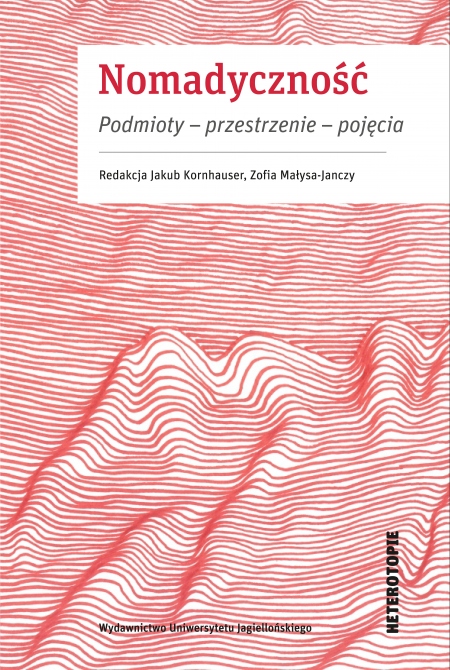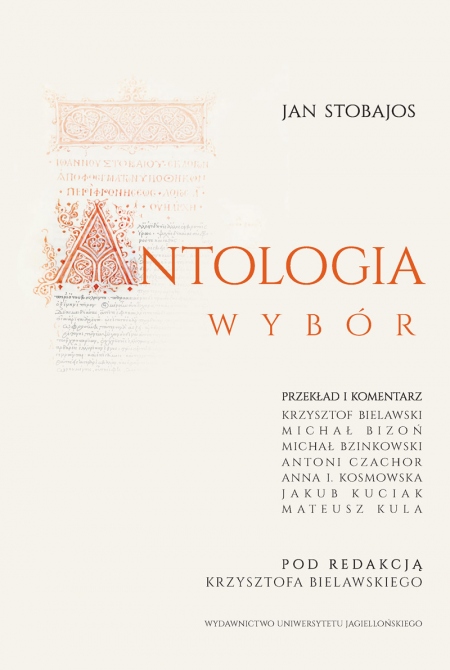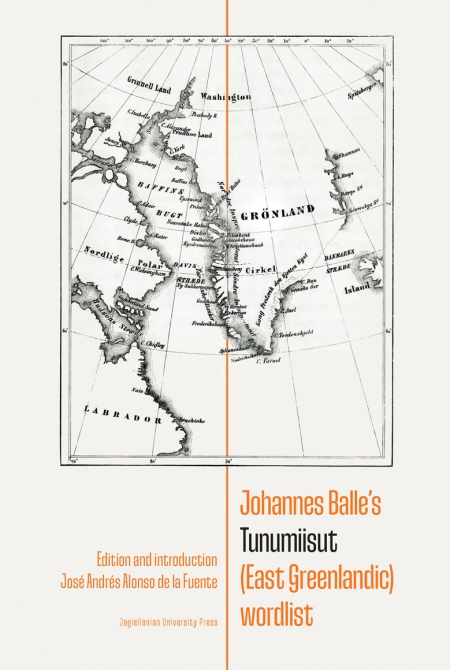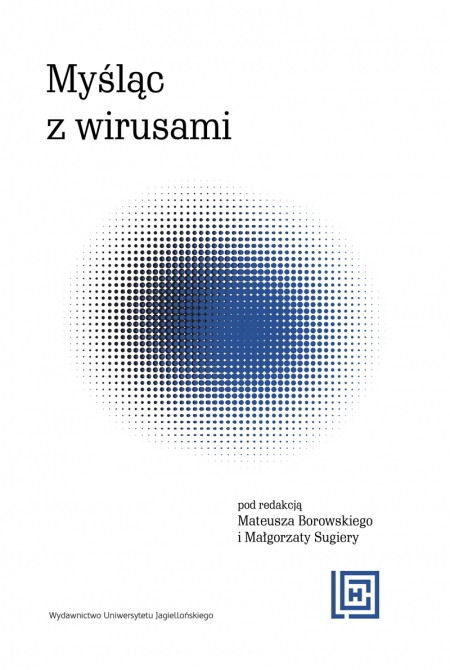Kingdoms of memory. Empires of Ink
The Veda and the Regional Print Cultures of Colonial India
Pages: 304
Book format: 15,8x23,5 cm
Publication date: 2020
Book description
The backbone of this book on books is a history of a most unusual concept of the book that developed in South Asia th with reference to the Veda. By the 19 century, regional cultures of print showed an uneven and spatially discontinuous development across the Indian subcontinent. They variously fed on regional patterns of communication, configurations of power, patronage, and a new economic regime. Their development formed part of tremendous transformations in the structures of power, statecraft, authority, and communication that the subcontinent was going through while being gradually absorbed into the globalizing orbit of the emerging British Empire. The period witnessed a general shift of knowledge-production sites and relocation of distribution and text-circulation networks towards new urban centres. This book tries to understand how the emerging regional cultures of print created conditions for, inspired, and accommodated
differently configured projects of bringing out printed editions of Vedic texts while leaving distinct traces of their respective nature on their editorial principles, book format, typographic form, and publishing ideology.
differently configured projects of bringing out printed editions of Vedic texts while leaving distinct traces of their respective nature on their editorial principles, book format, typographic form, and publishing ideology.
ISBN: 978-83-233-4391-2
Country of producer: Poland
RECOMMENDED BOOKS
105.00
zł
84.00
zł
NEW BOOKS

Kingdoms of memory. Empires of Ink
The Veda and the Regional Print Cultures of Colonial India
TABLE OF CONTENTS
Preface
Introduction
I. Objects, Spaces and Practices
I.1. The Book as an object circulating in space
I.2. The Rebel Book of the Veda
II. The Veda Before Print
II.1 The Beginnings: the travelling Veda
II.2 The living libraries: the memorized Veda
II.3 Performance and spectacle: The ritual Veda
II.4 Scribes and scripture: the handwritten Veda
II.5. The Veda commented upon
II.5.1. The imperial commentary
II.6 The Veda in the empire of writing
III.The Coming of Print to Indian Subcontinent
III.1 The Missionary, the Government and the Commercial Printers
III.2 Preachers, printers and Pundits
III.2.1The Jesuit printers of the western coast
III.2.2 German Danish Evangelists on the Coromandel Coast
III.2.3 The media revolution of Serampore 1800 –1837
III.2.4 Later Missionary print cultures
III.3 The Empire in print and the Ethnographic State
III.3.1 The Infernal machine
III.3.2 The Government Press and imperial typography
III.3.3 Print, catalogues and native knowledge
III.3.4 The ethnographic state in print
III.4 Indian Commercial Printing after 1835 (New Beginnings)
IV.The Printed Veda
IV.1 The lost, imagined and recovered Veda
IV.2. The Philological Veda
IV.3. The Imperial Veda
IV.3.1. Max Muller and his patrons
IV.4. The Printed Veda for Paṇḍitas and Pundits
IV.5. The Veda printed in India
IV.5.1 The polluting ink
IV.5.2 Whose is the printed Veda
IV.5.3. The codex and the pothi
V. The reading practices
V.1. The cultural concepts and practices of reading
V.1.1 The svādhyāya and the brahma-yajña
V.1.2 brahmavidyā-dāna
V.1.3 The vidhāna tradition
V.2. The regional practices of reading the Veda
V.2.1 Modus legendi: daśagrantha
V.2.2 Modus legendi: the veda-pārāyaṇa
V.2.3 Modus legendi: the trisandhā
VI. Towards Social history of print cultures in colonial India
VI.1. Printing revolution and social change
VI.2 Publishing Indian Religions in Print
Introduction
I. Objects, Spaces and Practices
I.1. The Book as an object circulating in space
I.2. The Rebel Book of the Veda
II. The Veda Before Print
II.1 The Beginnings: the travelling Veda
II.2 The living libraries: the memorized Veda
II.3 Performance and spectacle: The ritual Veda
II.4 Scribes and scripture: the handwritten Veda
II.5. The Veda commented upon
II.5.1. The imperial commentary
II.6 The Veda in the empire of writing
III.The Coming of Print to Indian Subcontinent
III.1 The Missionary, the Government and the Commercial Printers
III.2 Preachers, printers and Pundits
III.2.1The Jesuit printers of the western coast
III.2.2 German Danish Evangelists on the Coromandel Coast
III.2.3 The media revolution of Serampore 1800 –1837
III.2.4 Later Missionary print cultures
III.3 The Empire in print and the Ethnographic State
III.3.1 The Infernal machine
III.3.2 The Government Press and imperial typography
III.3.3 Print, catalogues and native knowledge
III.3.4 The ethnographic state in print
III.4 Indian Commercial Printing after 1835 (New Beginnings)
IV.The Printed Veda
IV.1 The lost, imagined and recovered Veda
IV.2. The Philological Veda
IV.3. The Imperial Veda
IV.3.1. Max Muller and his patrons
IV.4. The Printed Veda for Paṇḍitas and Pundits
IV.5. The Veda printed in India
IV.5.1 The polluting ink
IV.5.2 Whose is the printed Veda
IV.5.3. The codex and the pothi
V. The reading practices
V.1. The cultural concepts and practices of reading
V.1.1 The svādhyāya and the brahma-yajña
V.1.2 brahmavidyā-dāna
V.1.3 The vidhāna tradition
V.2. The regional practices of reading the Veda
V.2.1 Modus legendi: daśagrantha
V.2.2 Modus legendi: the veda-pārāyaṇa
V.2.3 Modus legendi: the trisandhā
VI. Towards Social history of print cultures in colonial India
VI.1. Printing revolution and social change
VI.2 Publishing Indian Religions in Print
Kingdoms of memory. Empires of Ink
The Veda and the Regional Print Cultures of Colonial India
TABLE OF CONTENTS
Preface
Introduction
I. Objects, Spaces and Practices
I.1. The Book as an object circulating in space
I.2. The Rebel Book of the Veda
II. The Veda Before Print
II.1 The Beginnings: the travelling Veda
II.2 The living libraries: the memorized Veda
II.3 Performance and spectacle: The ritual Veda
II.4 Scribes and scripture: the handwritten Veda
II.5. The Veda commented upon
II.5.1. The imperial commentary
II.6 The Veda in the empire of writing
III.The Coming of Print to Indian Subcontinent
III.1 The Missionary, the Government and the Commercial Printers
III.2 Preachers, printers and Pundits
III.2.1The Jesuit printers of the western coast
III.2.2 German Danish Evangelists on the Coromandel Coast
III.2.3 The media revolution of Serampore 1800 –1837
III.2.4 Later Missionary print cultures
III.3 The Empire in print and the Ethnographic State
III.3.1 The Infernal machine
III.3.2 The Government Press and imperial typography
III.3.3 Print, catalogues and native knowledge
III.3.4 The ethnographic state in print
III.4 Indian Commercial Printing after 1835 (New Beginnings)
IV.The Printed Veda
IV.1 The lost, imagined and recovered Veda
IV.2. The Philological Veda
IV.3. The Imperial Veda
IV.3.1. Max Muller and his patrons
IV.4. The Printed Veda for Paṇḍitas and Pundits
IV.5. The Veda printed in India
IV.5.1 The polluting ink
IV.5.2 Whose is the printed Veda
IV.5.3. The codex and the pothi
V. The reading practices
V.1. The cultural concepts and practices of reading
V.1.1 The svādhyāya and the brahma-yajña
V.1.2 brahmavidyā-dāna
V.1.3 The vidhāna tradition
V.2. The regional practices of reading the Veda
V.2.1 Modus legendi: daśagrantha
V.2.2 Modus legendi: the veda-pārāyaṇa
V.2.3 Modus legendi: the trisandhā
VI. Towards Social history of print cultures in colonial India
VI.1. Printing revolution and social change
VI.2 Publishing Indian Religions in Print
Introduction
I. Objects, Spaces and Practices
I.1. The Book as an object circulating in space
I.2. The Rebel Book of the Veda
II. The Veda Before Print
II.1 The Beginnings: the travelling Veda
II.2 The living libraries: the memorized Veda
II.3 Performance and spectacle: The ritual Veda
II.4 Scribes and scripture: the handwritten Veda
II.5. The Veda commented upon
II.5.1. The imperial commentary
II.6 The Veda in the empire of writing
III.The Coming of Print to Indian Subcontinent
III.1 The Missionary, the Government and the Commercial Printers
III.2 Preachers, printers and Pundits
III.2.1The Jesuit printers of the western coast
III.2.2 German Danish Evangelists on the Coromandel Coast
III.2.3 The media revolution of Serampore 1800 –1837
III.2.4 Later Missionary print cultures
III.3 The Empire in print and the Ethnographic State
III.3.1 The Infernal machine
III.3.2 The Government Press and imperial typography
III.3.3 Print, catalogues and native knowledge
III.3.4 The ethnographic state in print
III.4 Indian Commercial Printing after 1835 (New Beginnings)
IV.The Printed Veda
IV.1 The lost, imagined and recovered Veda
IV.2. The Philological Veda
IV.3. The Imperial Veda
IV.3.1. Max Muller and his patrons
IV.4. The Printed Veda for Paṇḍitas and Pundits
IV.5. The Veda printed in India
IV.5.1 The polluting ink
IV.5.2 Whose is the printed Veda
IV.5.3. The codex and the pothi
V. The reading practices
V.1. The cultural concepts and practices of reading
V.1.1 The svādhyāya and the brahma-yajña
V.1.2 brahmavidyā-dāna
V.1.3 The vidhāna tradition
V.2. The regional practices of reading the Veda
V.2.1 Modus legendi: daśagrantha
V.2.2 Modus legendi: the veda-pārāyaṇa
V.2.3 Modus legendi: the trisandhā
VI. Towards Social history of print cultures in colonial India
VI.1. Printing revolution and social change
VI.2 Publishing Indian Religions in Print
Choose chapters to buy:
Order value:
0.00 zł























